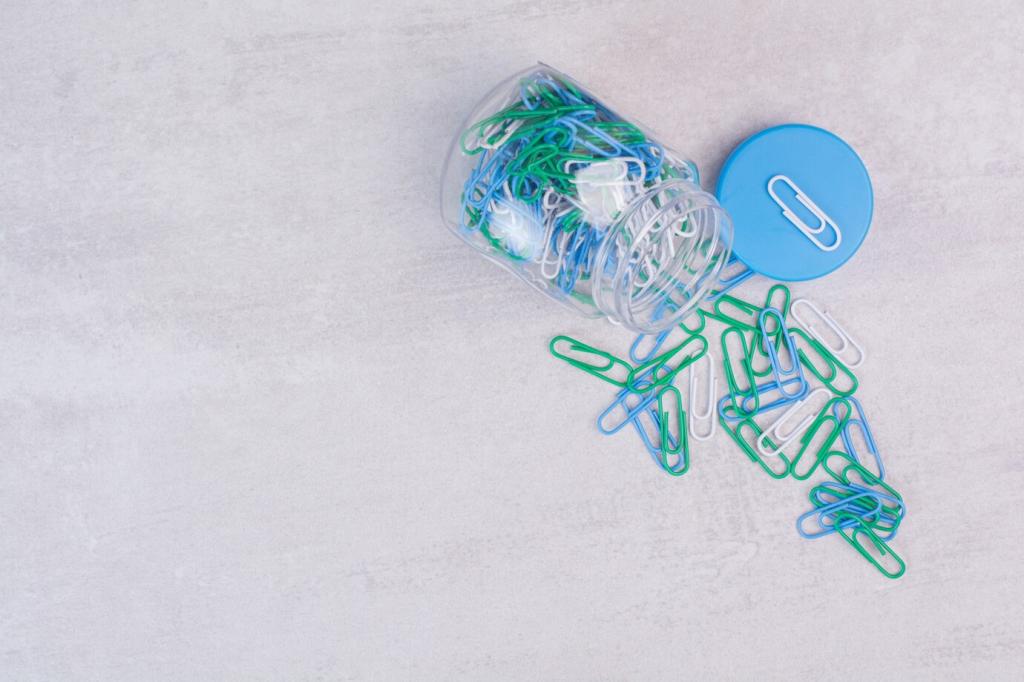Bring History Home: Vintage Furniture Restoration Tips
Chosen theme: Vintage Furniture Restoration Tips. Step into a welcoming space where timeworn pieces find new life. We celebrate honest craftsmanship, share practical know-how, and trade stories that keep the character of every rescued chair, table, and trunk alive. Subscribe, comment, and join our community of careful restorers.

Reading the Piece: Authenticity and Condition First
Simple finish detective work
Test discreetly: denatured alcohol softens shellac, lacquer thinner affects lacquer, and neither will move cured varnish. Observe how the surface responds before stripping anything. Share your test results in the comments so others can compare notes and avoid irreversible mistakes.
Joinery tells the era’s story
Hand-cut dovetails, plane chatter, and irregular tenons often signal pre-industrial craftsmanship. Machine-perfect joints hint later manufacture. Photograph corners, undersides, and rails, and ask our readers for second opinions—identification together prevents over-restoration and preserves historically meaningful details.
Document everything before changes
Take thorough photos, measure hardware spacing, label screws by location, and sketch grain direction. A good record lets you reassemble accurately and protect original features. Post your before-and-after albums to inspire newcomers and help seasoned restorers suggest thoughtful improvements.
Clean Gently, Strip Wisely
Use a soft cloth, warm water, and a drop of gentle soap to lift grime. Rinse lightly, dry immediately, then evaluate the glow. Often, dirt hides a lovely finish. Tell us if a simple wash surprised you—we love those easy wins that save hours of unnecessary work.

Hot or liquid hide glue matches vintage practice and can be reversed with heat and moisture. It allows future caretakers to make repairs without damage. Share your glue-up setups, clamp choices, and timing tips so others can achieve tight joints with period-appropriate materials.
Sound Structure: Repairs That Last

French polishing for deep glow
Shellac applied in thin, spiraling passes with a lubricated pad can revive tired surfaces beautifully. Practice on scrap, then move to your heirloom. Share your schedule of cuts, oils, and sessions so others can experience that mesmerizing, candlelit sheen responsibly and confidently.

Oil and wax for honest warmth
Tung or polymerized linseed oil penetrates and highlights figure; paste wax adds gentle protection and touchable luster. Avoid silicone polishes that complicate future repairs. Tell us your curing times and favorite wax blends to help readers achieve that mellow, human, lived-in finish.

Keep the miles, skip the over-restoration
Light scratches, softened edges, and sun-kissed tone are the furniture’s biography. Remove dirt and instability, not character. Share a story where you stopped just short of perfect—and found the piece’s voice. Conservative choices often look wiser every year that passes.
Hardware, Textiles, and the Finishing Touches
A magnet test distinguishes brass from plated steel. Clean gently; sometimes a light wax is better than bright polish. Avoid removing lacquer unless necessary. Share before-and-after shots of escutcheons and knobs—your approach might help someone avoid scrubbing away a century of charm.
If parts are missing, try salvage yards, reputable repro makers, or 3D-printed patterns cast in brass. Age replacements with patience, not harsh chemicals. Comment with your suppliers and patination tricks so others can achieve consistent tone without faking an artificial, uniform antiquity.
Retain original webbing patterns when possible; reuse horsehair or coconut coir if still sound. Choose fabrics that nod to era and scale. Post fabric swatches and stitch choices for feedback—the community’s eye can help you balance authenticity, durability, and a welcoming seat feel.

Keep relative humidity steady, ideally between forty and fifty-five percent, and avoid direct heat or harsh sunlight. Seasonal wood movement is natural; dramatic swings cause cracks. Share your humidifier or shade solutions to help others protect sensitive veneers, inlays, and thin tabletops gracefully.

